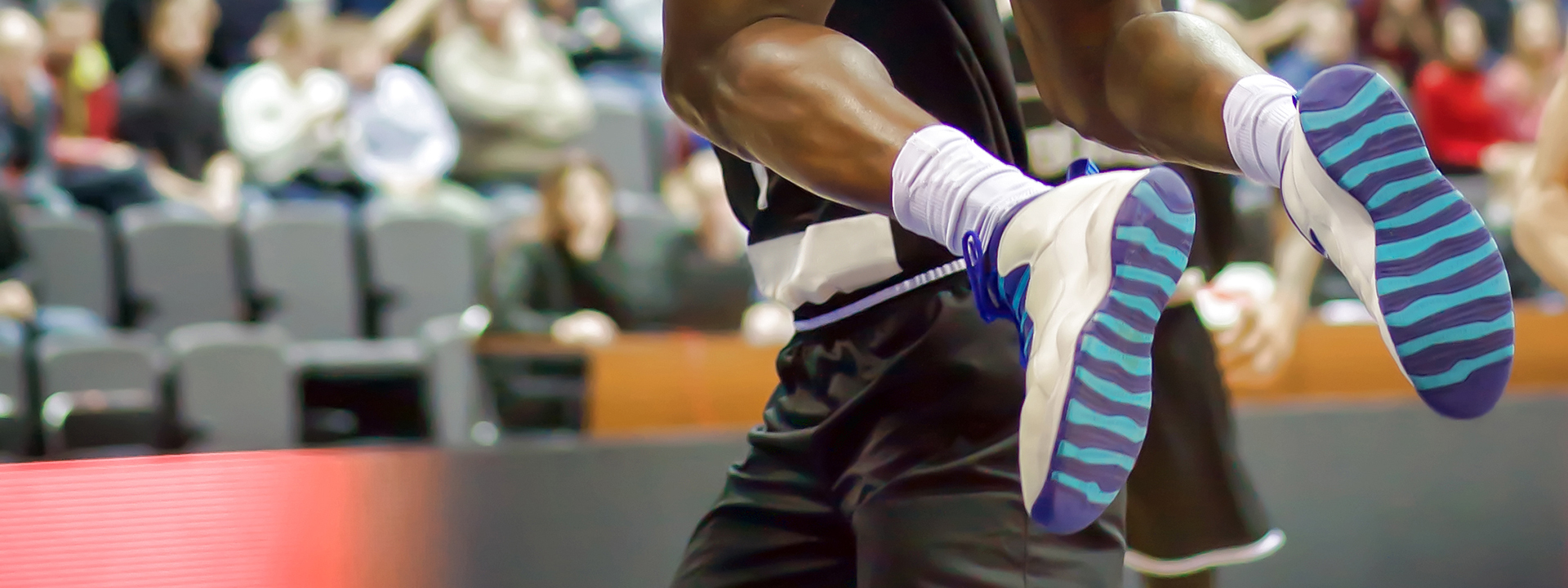
Shoe-Fitting and Performance: How to Use Plantar Pressure Mapping to Choose Footwear
In our series of articles on running mechanics, we previously discussed the characteristics of running at different speed thresholds and the difference in running mechanics between endurance-based and power/strength-based sports.
One fundamental factor that significantly impacts both running mechanics and force application and distribution is the type of shoes worn by an athlete.
Comfort and performance are strictly correlated with the characteristics of a given shoe, and taking care of the shoe fitting process with the help of high-resolution technology, like plantar pressure mapping insoles, will provide a considerable benefit in terms of injury risk and performance output.
Shoe fitting is a fundamental process in sports, mainly because a poor-fitting shoe can exacerbate structural foot deformities (Blazer, Jamrog, and Schnack, 2018), leading to underperformance or increasing injury occurrence.
Types of Athletic Shoes
The footwear industry has become an integral and fundamental part of the professional sports business. Shoe manufacturing companies have reached high levels of technological skill and quality and play a strategic role in sponsoring athletes.
Different types of athletic shoes are available on the market today that are engineered to support specific biomechanical requirements of any given sport.
Based on specific characteristics, we can group athletic running shoes into the following four categories: Running Shoes, Court-Sport Shoes, Field-Sport Shoes, and Spike Shoes.
In turn, Running Shoes are divided into neutral, stability, and motion control:
- Neutral Shoes are designed for runners with typical foot structure, good mobility, and foot pronation mechanics. They provide better cushion at heel strike with softer material in the posterolateral aspect of the heel. They also show an elevated heel with a height of 10 to 12 mm more than the toes;
- Stability Shoes are for runners showing increased pronatory and torsional forces. They provide some pronation control material near the middle or arch of the shoe;
- Motion Control Shoes are for runners showing excessive rearfoot eversion mechanics. They offer high-density foam to limit arch deformation and excessive rearfoot eversion.
These sports require quick side-to-side movements, quick stops, jumping, and backward/forward and vertical acceleration. These shoes provide good medial and lateral support, a flat sole, light to medium weight, good cushioning, and toe drag reinforcement, among other things.
Field-Sports Shoes are designed for soccer, football, and rugby. The playing surface is usually grass, and running is the primary motion, along with quick lateral movements, kicking, and jumping. These shoes have replaceable and detachable cleats, studs, or spikes fixed into the nylon sole.
Lastly, Spike Shoes are designed for track and field sprinting specialties where little body weight is placed on the heel, and landing and propulsion are carried out on the forefoot and midfoot. These shoes have just enough padding at the heel to prevent a contusion.
Shoe-Fitting and Plantar Pressure Mapping
Shoe fitting has been historically performed by looking at shoe shape and size. The shoe was considered properly fitted when both components matched an individual's foot characteristics.
According to Janisse (1992), the shoe shape refers to the formation of both the sole and the upper, and shoe size is determined by the length of the arch.
This process can be considered highly reductionist as it was based on the assumption that matching size and shape was enough to ensure optimal biomechanical output, movement efficiency, and injury risk management. However, research and clinical experience have shown that what happens when the foot strikes the ground is the result of several complex factors interacting together. Many variables influence how shoes interact with an individual beyond shoe shape and size.
The high complexity of human movement requires evaluating and analyzing an athlete's movement efficiency with the support of objective data. Plantar pressure mapping is the only technology that allows us to see the changes in pressure distribution, force transmission, and stability with a given shoe during the foot's interaction with the ground in sport-specific skills.
To learn more about using plantar pressure mapping, like XSENSOR's Intelligent Insoles, to assist in the shoe fitting process with athletes, watch our webinar, 'Choosing Sports Performance Footwear with Plantar Pressure Mapping Insoles'.
References
- Blazer MM, Jamrog LB, Schnack LL, Does the shoe fit? Considerations for proper shoe fitting, Orthop Nurs. 2018 May/Jun;37(3):169-174.
- Janisse DJ, The art and science of fitting shoes, Foot Ankle. 1992 Jun;13(5):257-62.
- Reed Ferber, Shari Macdonald, Running mechanics, and gait analysis, 2014. Human Kinetics.
- David A. Porter, Lew C. Schon, Baxter's the foot and ankle in sport, 2008. Mosby Inc. 2nd ed.

